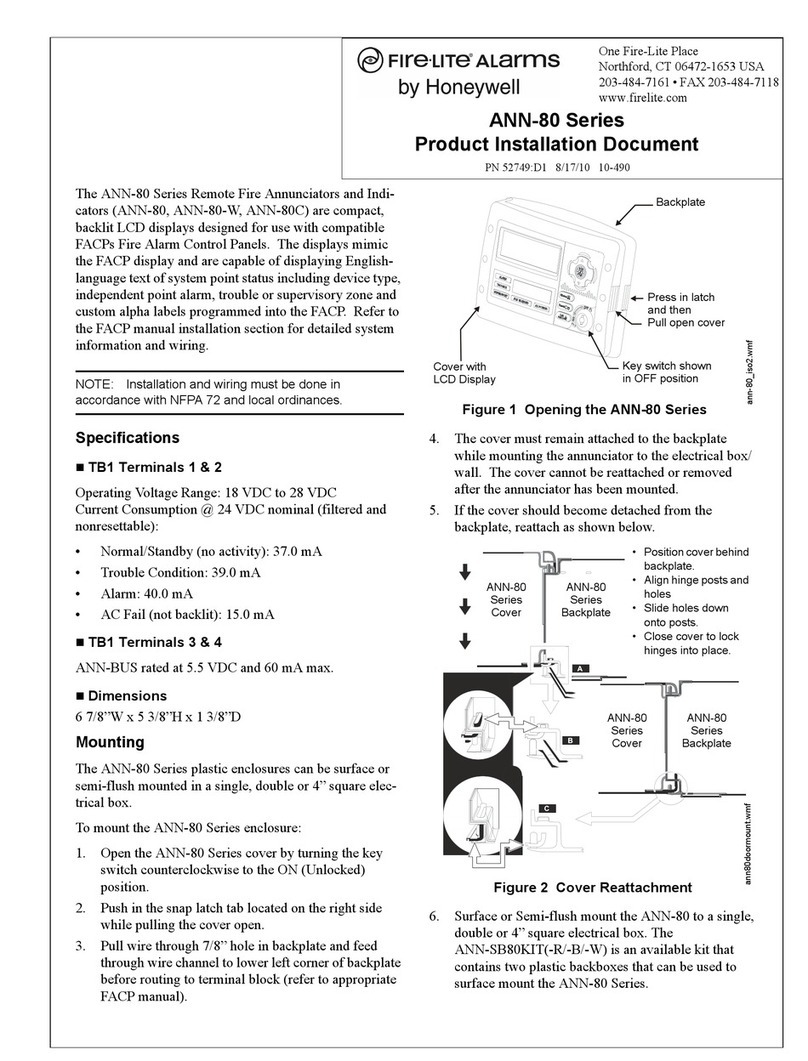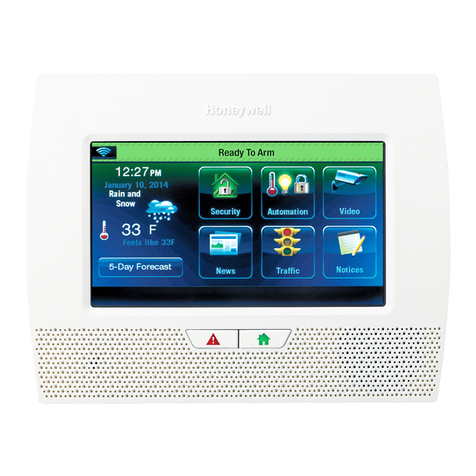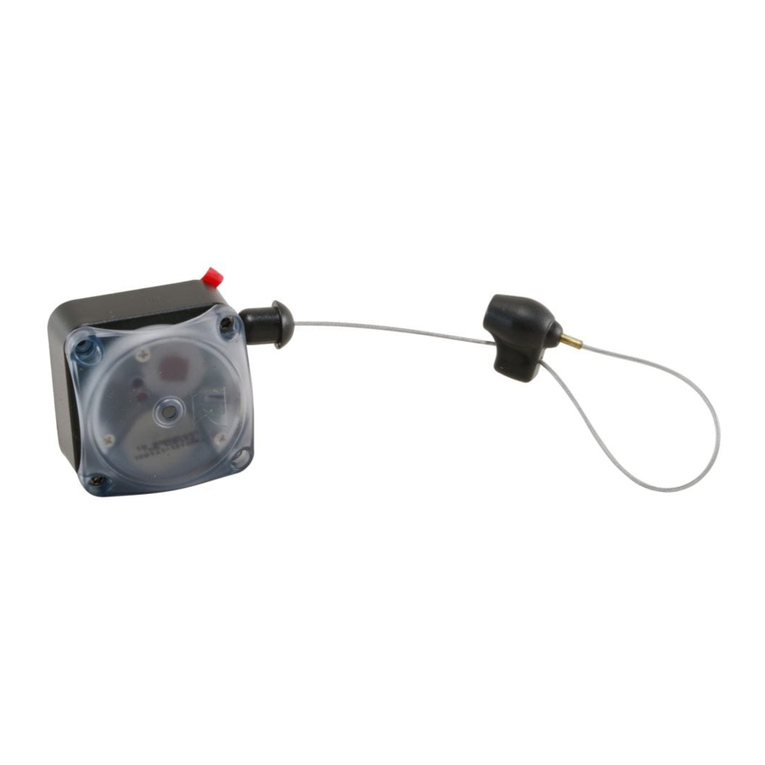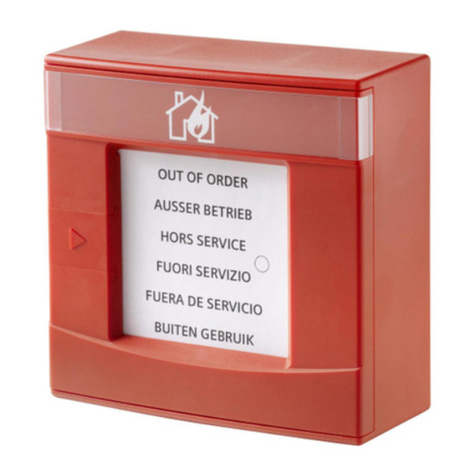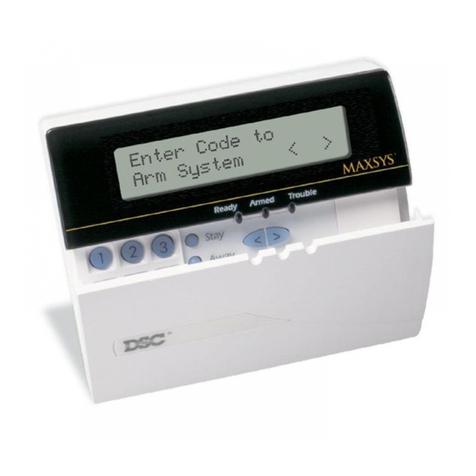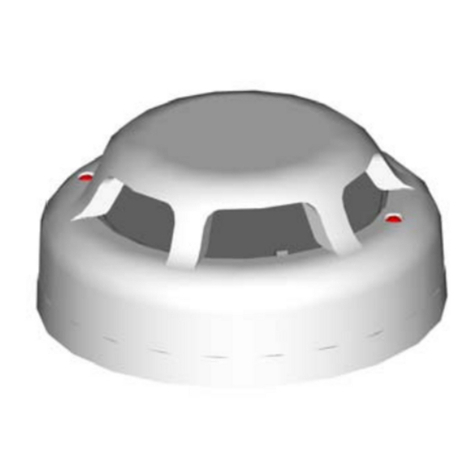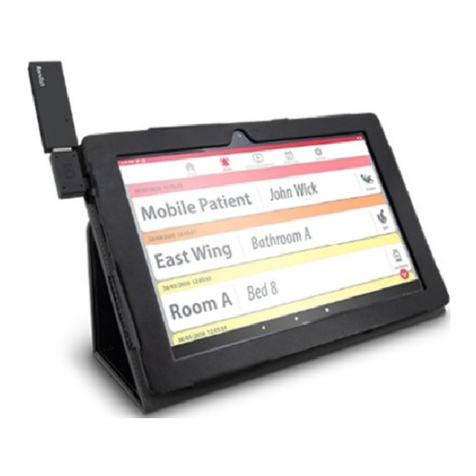Honeywell Manning GM-JR Manual
Other Honeywell Security System manuals
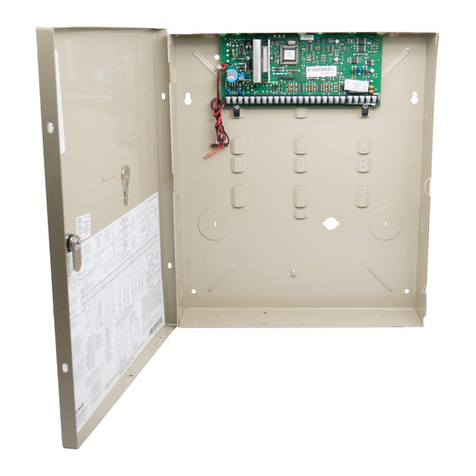
Honeywell
Honeywell VISTA 15P - Ademco 6 Zone Control Panel User manual

Honeywell
Honeywell ADEMCO VISTA-10P User manual
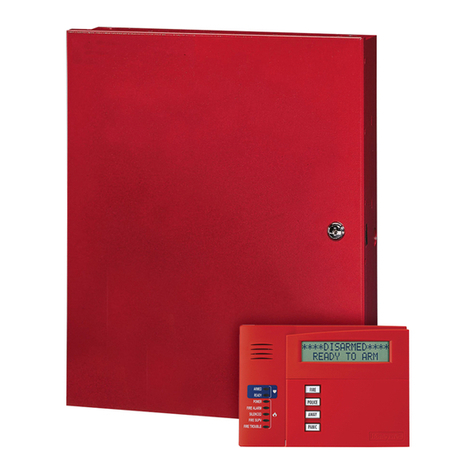
Honeywell
Honeywell VISTA-128FBPN Assembly instructions
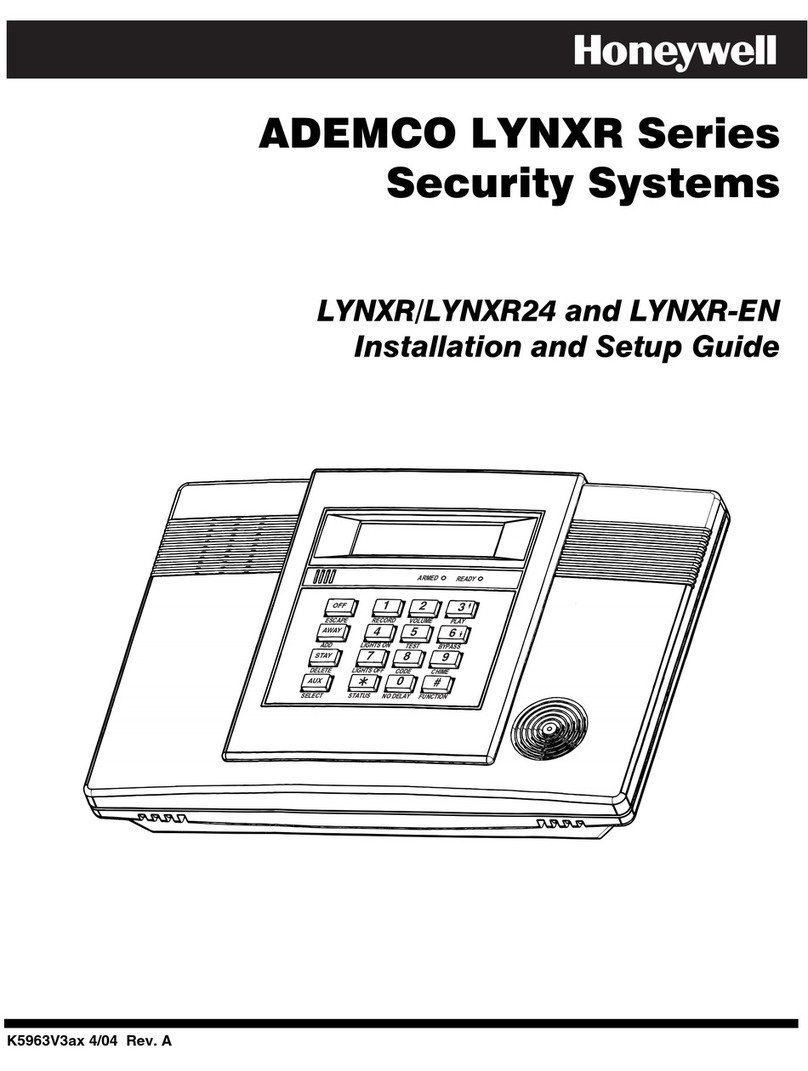
Honeywell
Honeywell LYNXR User manual

Honeywell
Honeywell SEF8MS User manual
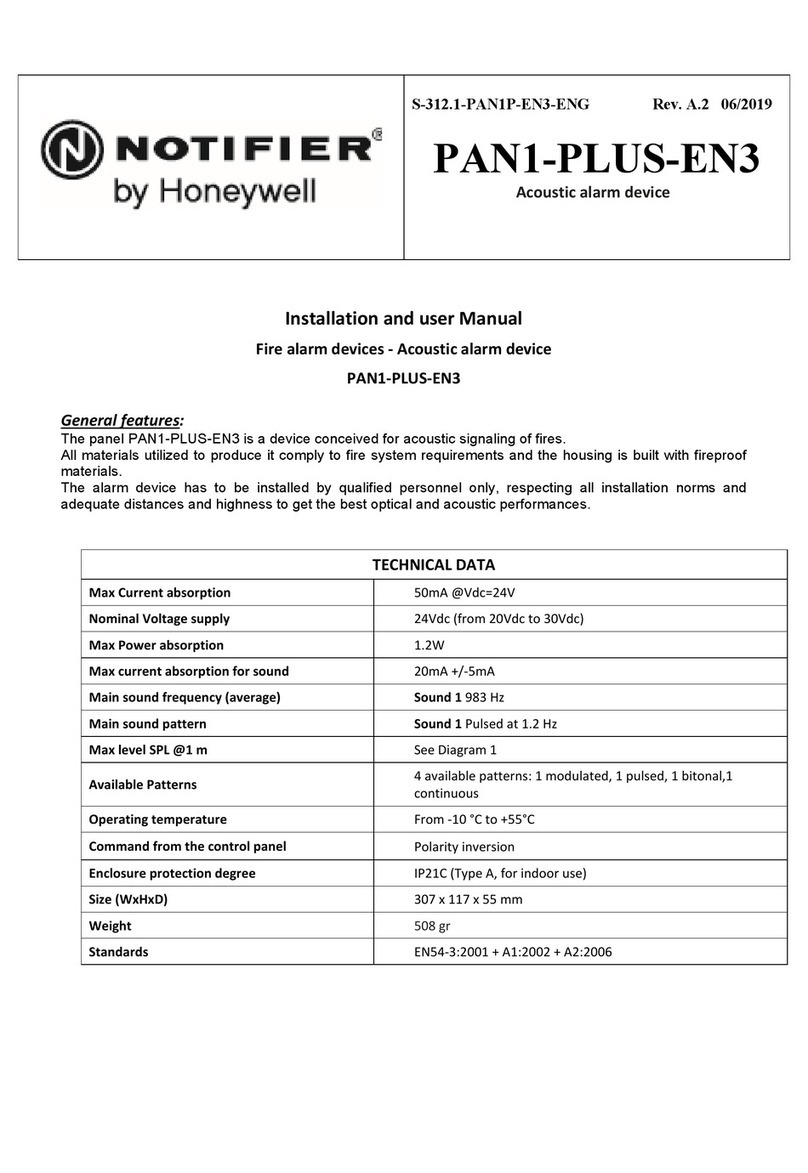
Honeywell
Honeywell NOTIFIER PAN1-PLUS-EN3 User manual
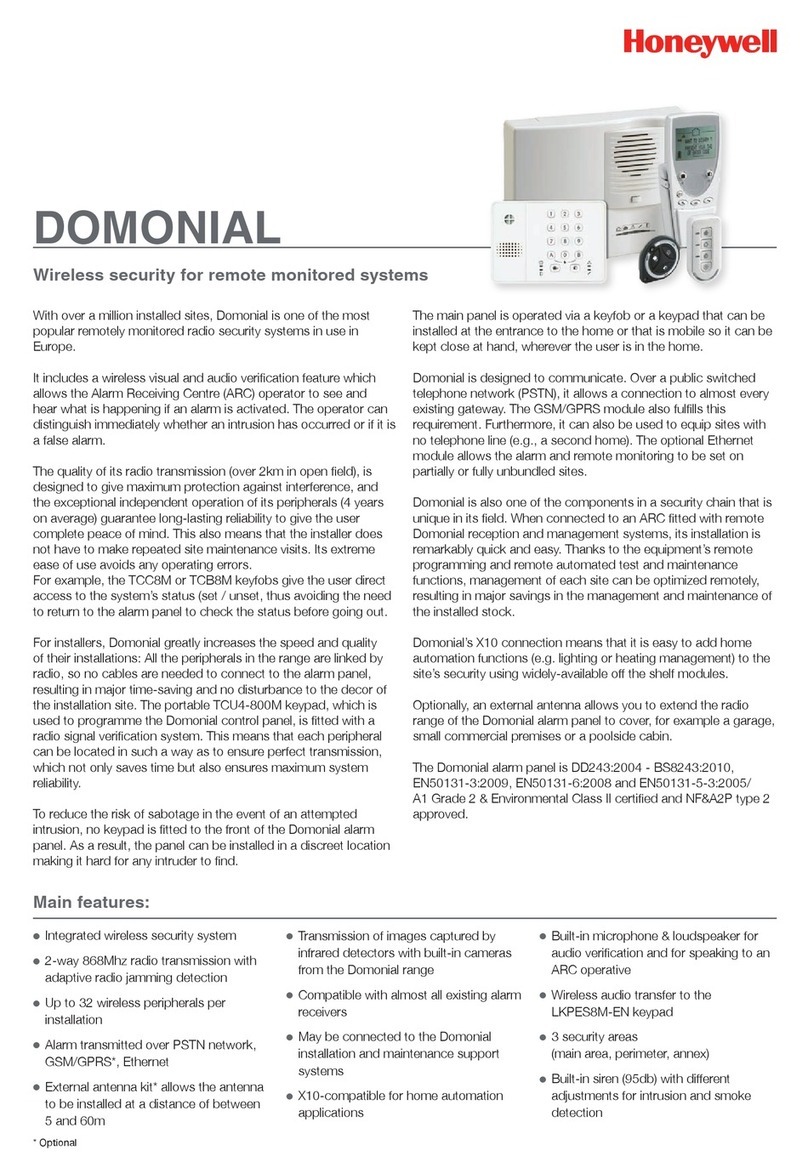
Honeywell
Honeywell Domonial User manual

Honeywell
Honeywell LYNX Touch 5100 Operating instructions

Honeywell
Honeywell TUXWIFIS Assembly instructions

Honeywell
Honeywell LYNX Touch Security System User manual

Honeywell
Honeywell Apex Destiny 4100 User manual

Honeywell
Honeywell RCWL200A User manual
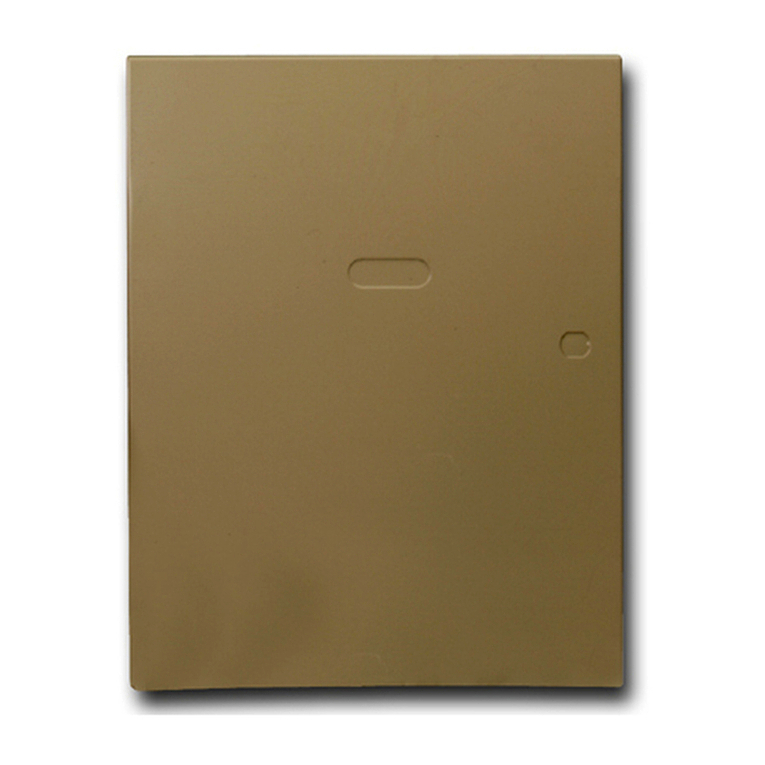
Honeywell
Honeywell VISTA-128BPT Assembly instructions
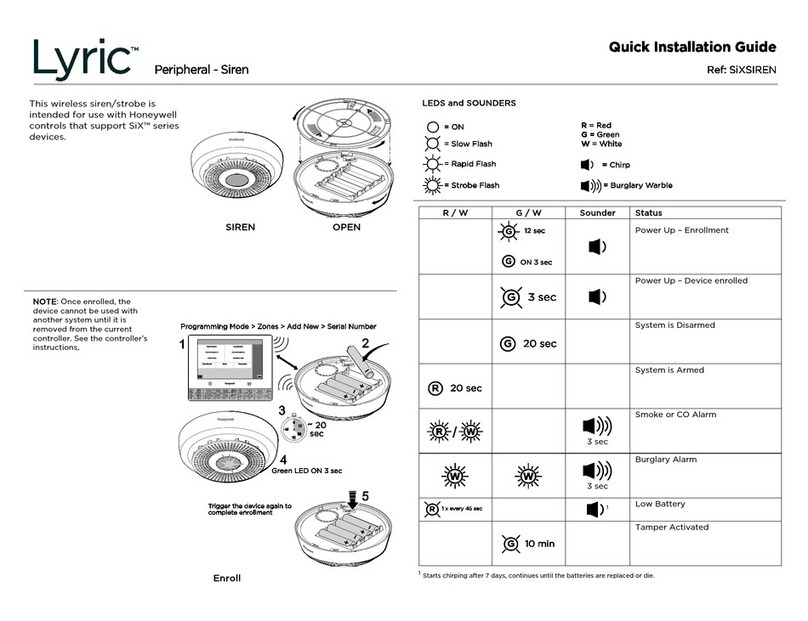
Honeywell
Honeywell Lyric SIXSIREN User manual

Honeywell
Honeywell L5200 Series Assembly instructions
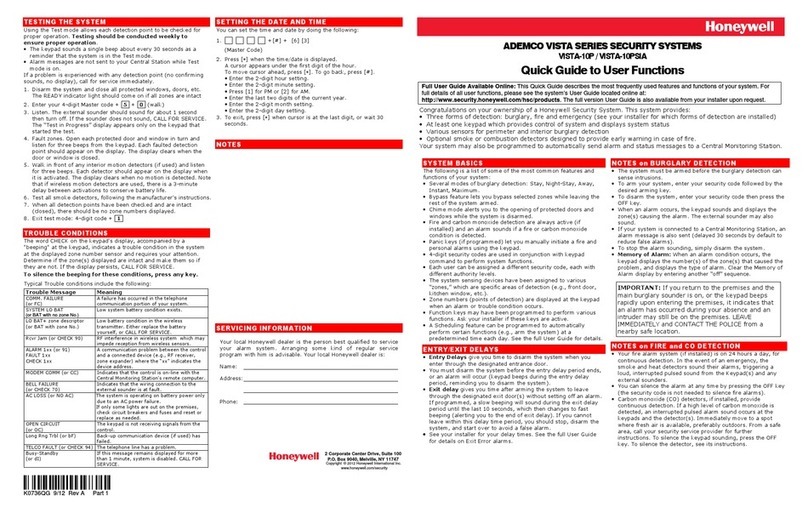
Honeywell
Honeywell ADEMCO VISTA-10P User manual
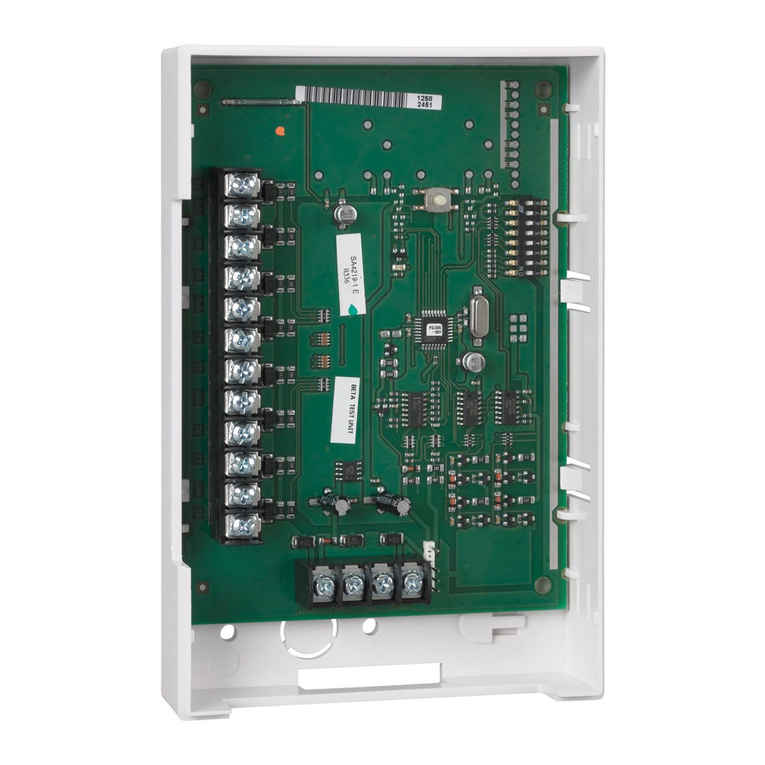
Honeywell
Honeywell 4219 User manual

Honeywell
Honeywell ADEMCO 6150V User manual

Honeywell
Honeywell ADEMCO VISTA-40 Operating instructions
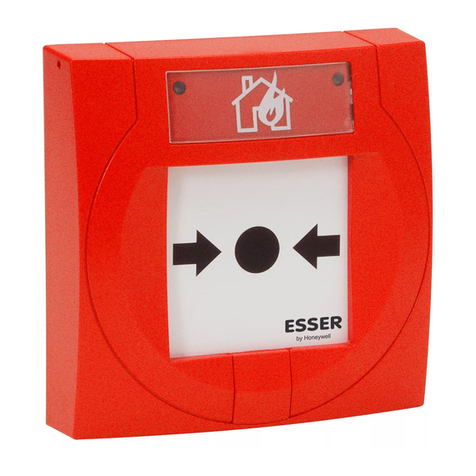
Honeywell
Honeywell Esser 804950 User manual
Popular Security System manuals by other brands

Inner Range
Inner Range Concept 2000 user manual

Climax
Climax Mobile Lite R32 Installer's guide

FBII
FBII XL-31 Series installation instructions

Johnson Controls
Johnson Controls PENN Connected PC10 Install and Commissioning Guide
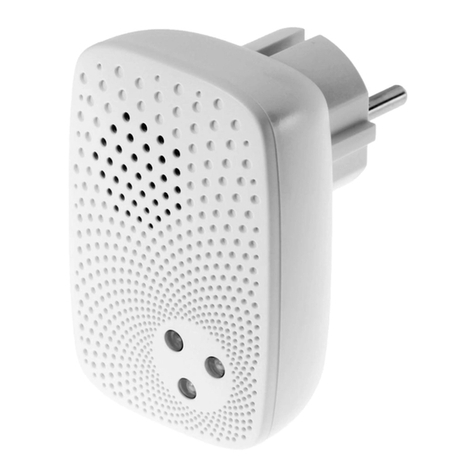
Aeotec
Aeotec Siren Gen5 quick start guide

IDEAL
IDEAL Accenta Engineering information

Swann
Swann SW-P-MC2 Specifications

Ecolink
Ecolink Siren+Chime user manual
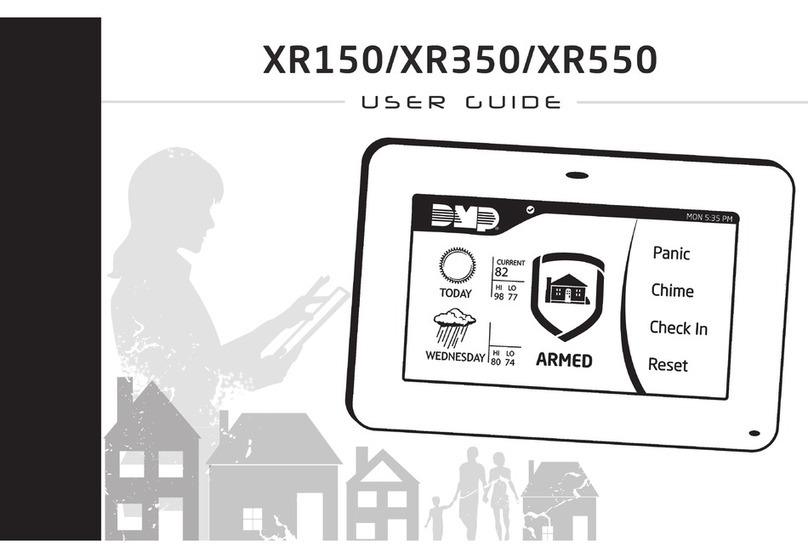
Digital Monitoring Products
Digital Monitoring Products XR150 user guide

EDM
EDM Solution 6+6 Wireless-AE installation manual

Siren
Siren LED GSM operating manual
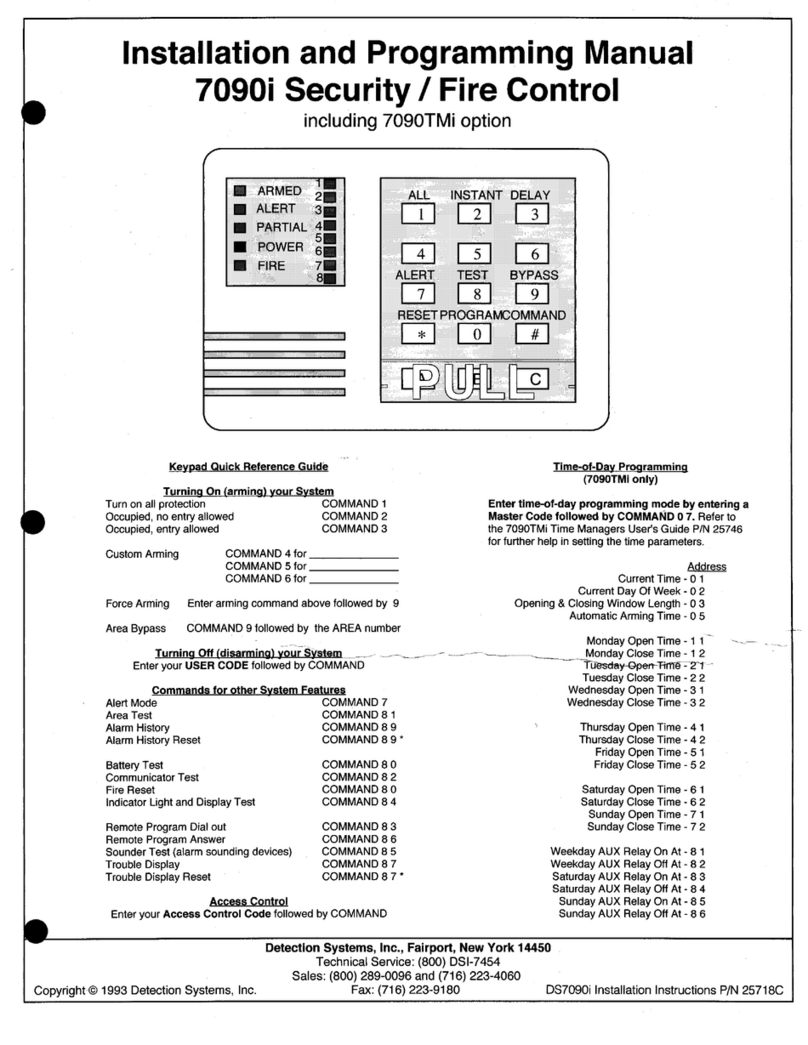
Detection Systems
Detection Systems 7090i Installation and programming manual
